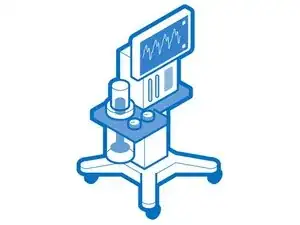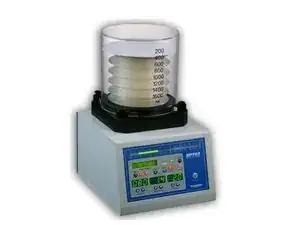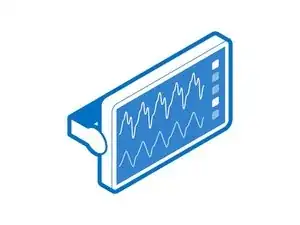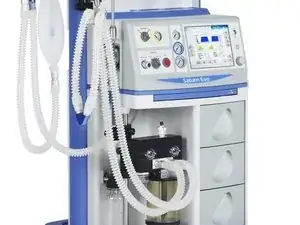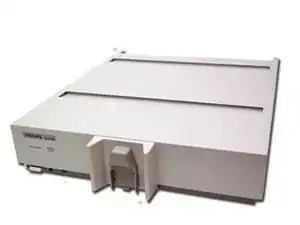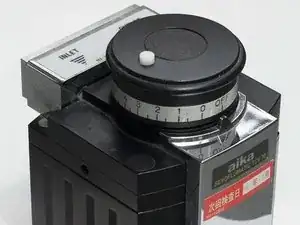Background and Identification
An anesthesia machine is a medical device used to create and administer a gaseous mixture which, when inhaled by a patient, induces or maintains unconsciousness. An anesthesia machine works in tandem with a ventilator, breathing system, and patient monitor, although modern machines commonly incorporate all of these elements into a single freestanding device. While a device labeled as an anesthesia machine may include all of these different devices, the strictly-defined function of the anesthesia machine is to produce the gaseous mixture, which can be adjusted by the anesthesiologist to match the composition and flow rate best suited to the patient.
Most newer machines will incorporate a ventilator to control the precise flow of air in and out of the patient. This allows for the ability to accurately control the amount of anesthetic agent administered to the patient. However, older designs rely on the patient’s own inspiration to administer the gas flow, which can be problematic if the patient has breathing irregularities or trouble breathing.
